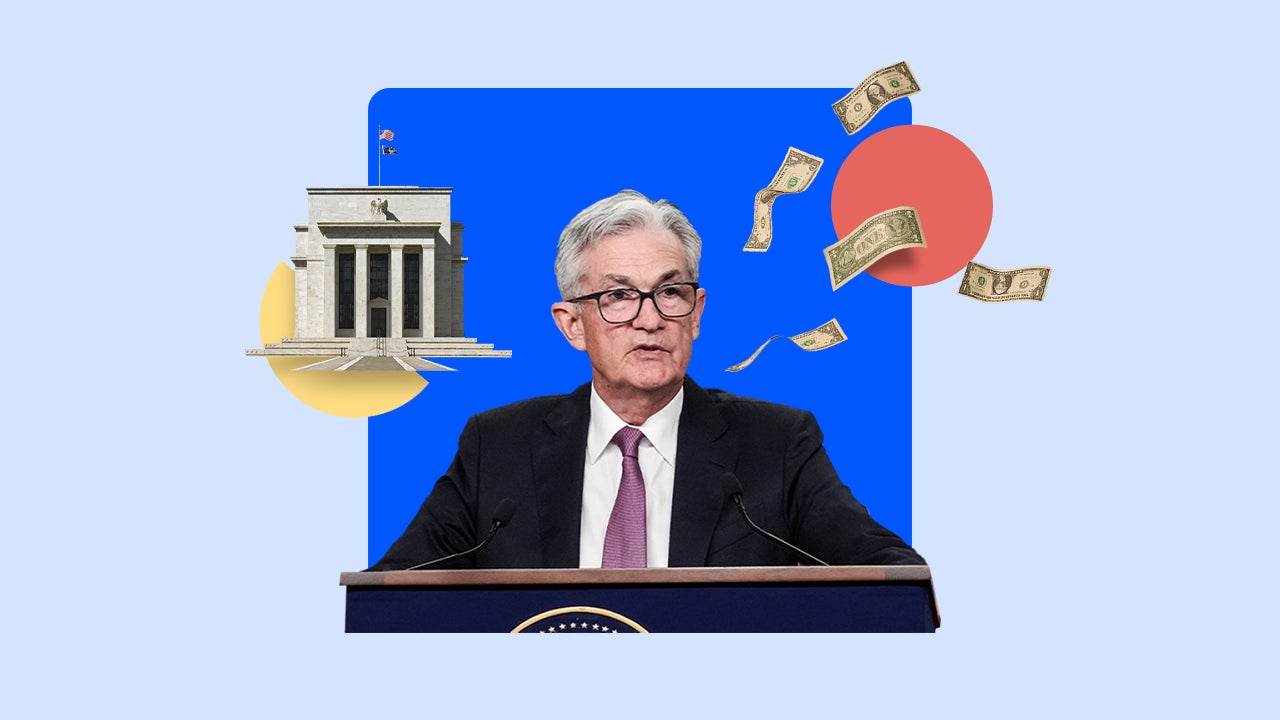Survey: Despite a red-hot job market, top economists see a major slowdown in employment coming over the next year

The labor market has so far dodged the major slowdown that most economists have been expecting for over a year now. Economists, however, still foresee that one is coming.
For jobseekers, it means wage growth may slow and new job opportunities may be tougher to find.
A surprisingly more resilient labor market and economy are leading economists to only modestly mark up their forecasts for job growth in the year ahead. Economists see employers adding roughly 44,000 new positions each month on average between now and September 2024, their forecasts show in Bankrate’s latest quarterly Economic Indicator poll. That’s up only slightly from last quarter’s forecast of 29,000 jobs added each month.
It also comes after a blowout September employment report showed employers added 336,000 new jobs in the month alone, while businesses created another 119,000 more jobs over the summer than the Department of Labor previously estimated, its latest numbers show.
If economists’ expectations prove right, businesses would create about 528,000 net new positions over the next 12 months — a pace that’s almost six times slower than the previous 12 months, even if it still suggests hiring will outnumber job cuts.
Economists also expect the unemployment rate to surge to 4.5 percent by September 2024 from its current level of 3.8 percent, signaling a wave of increased joblessness as job creation slows.
The ultimate question is whether that hiring environment can exist absent a downturn. It’s been possible before. Not since March 2004 have employers added less than a million jobs in a 12-month period without the U.S. economy being in a recession. But also never in U.S. history has joblessness jumped by half a percentage point or more from its previous low and not been in a downturn.
If a recession is avoided over the next year or so, many observers think there’s a risk of sub-par growth including a rise in unemployment and stagnation of hiring.— MARK HAMRICK | BANKRATE SENIOR ECONOMIC ANALYST
Key insights on the economy from Bankrate’s third-quarter Economic Indicator poll
How tough will the job market be a year from now?
A large majority of economists (or 65 percent) see employers adding more jobs than they cut over the next year, their forecasts penciling in a positive number for job creation by next fall. Still, 35 percent expect businesses to cut more jobs than they add, estimating that job growth between September 2023 and 2024 will be in negative territory.
Survey measures suggest labor market conditions are beginning to deteriorate more markedly, which we expect to be reflected in job losses by the end of the year. That will help push the unemployment rate up gradually to a peak of close to 5 percent, much lower than in past downturns.
— Michael PearceLead U.S. economist at Oxford Economics
The most upbeat forecast penciled in an average monthly job creation forecast of 180,000, suggesting the U.S. economy will have 2.2 million more jobs by September 2024. The most pessimistic forecast, however, called for job cuts averaging 91,000 each month, or about 1.1 million jobs lost.
About 41 percent of economists see employers adding an average of 80,000 or more jobs each month for the next year, while about 29 percent see average monthly job gains averaging 100,000 each month. Experts with those more upbeat projections point to continued hiring shortages and a hesitance that businesses may have to let workers go amid those challenges.
We are still more than one million jobs short of the pre-pandemic trend in employment, and the economy continues to grow. That suggests hiring will continue at a steady clip, especially in areas still lacking workers, such as healthcare.
— Robert FrickCorporate economist, Navy Federal Credit Union
And when it comes to the share of workers unemployed and looking for work, every economist sees unemployment rising higher than it is now, with forecasts ranging from a low of 4 percent to a high of 5.2 percent. About 1 in 5 economists (or 18 percent) see joblessness hitting 5 percent or higher, with the bulk of experts (or 82 percent) expecting unemployment to range between 4-4.9 percent.
But the job market’s strength has been exceedingly tough to predict as it stands its ground against the highest interest rates in decades. Since the fourth quarter of 2021, Bankrate’s quarterly surveys have demonstrated the widening gulf between economists’ expectations for the job market — and reality.
Each quarter, economists have continued to forecast an even broader slowdown than before. To be sure, hiring has cooled — just much more modestly than expected. In the third quarter of 2022, economists had assumed average monthly job creation would hit 97,000 by September 2023. In reality, job growth averaged 266,000 over the period.
The job market might just be catching up to higher interest rates much more slowly than expected, economists say. The slowdown is bound to continue as interest rates put more force on the financial system.
The labor market has made good progress in rebalancing this year, but the process needs to continue for at least another year. The lagged impacts of tighter credit standards and restrictive monetary policy will continue to slow net job creation and lead to continued gradual increases in the U.S. unemployment rate into the second half of 2024.
— Scott AndersonChief U.S. economist, BMO
Meanwhile, the job market’s historically strong starting position might also help the job market avoid taking a bigger hit. Economists who do expect a recession say it will likely only be a modest one.
The U.S. labor market continues to show signs of coming back down to Earth. The labor market is slowing from its 100-mile-per-hour pace to something more in line with the speed limit and will likely continue to do so into 2024.
— Odeta KushiDeputy chief economist at First American Financial Corporation





